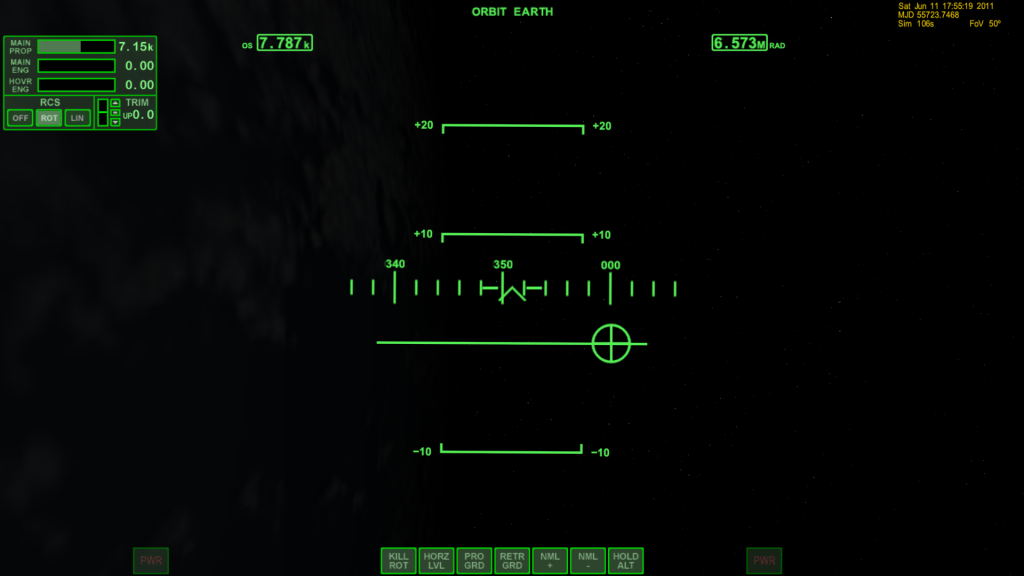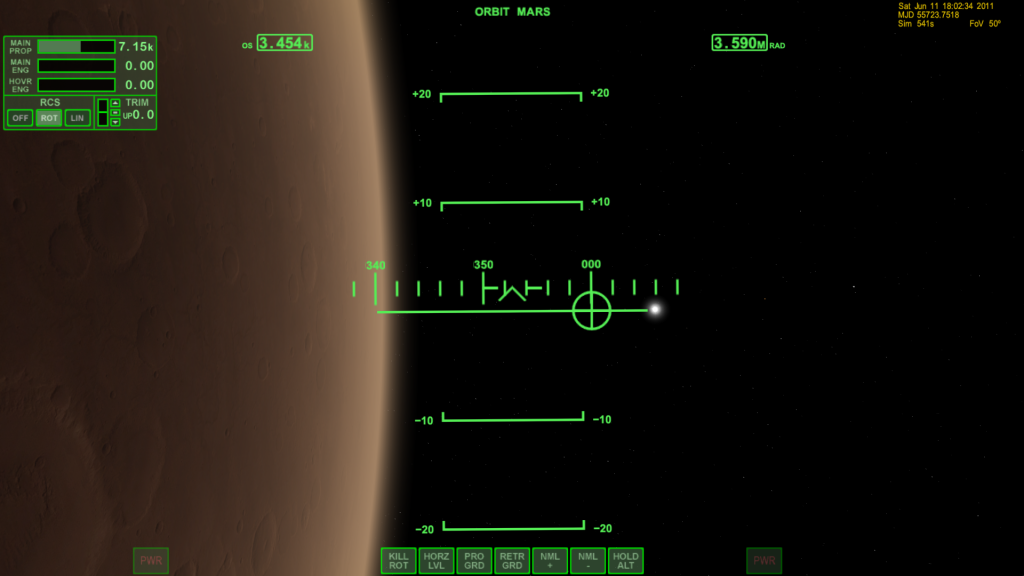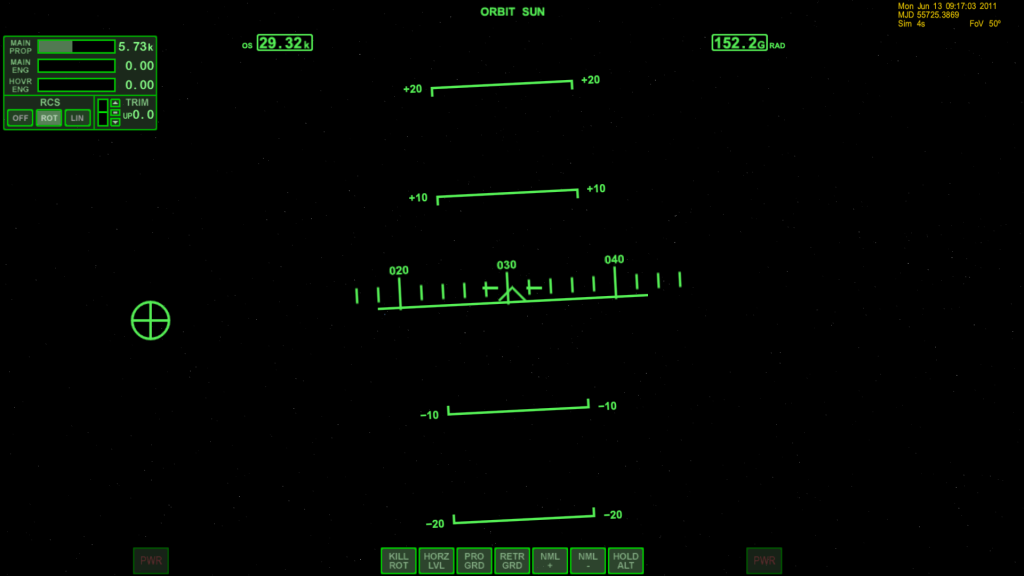- Joined
- Jun 29, 2010
- Messages
- 647
- Reaction score
- 0
- Points
- 16
How do real world space vessels orient themselves? (How do they "find" prograde?)
Someone asked me this question a week or so ago in a comment on one of my videos, and I couldn't answer their question. This is something I've wondered myself. I did a couple searches in the forums and didn't find anything. (However, it's the kind of question that may have been asked using different keywords.)
When the Space Shuttle (or some satellite) orbits the earth, what instrumentation do they use to orient the vessel for the various burns? How does the vessel know where retrograde is, exactly? Gyroscopes immediately come to mind, but I can't really think of how a spinning device would actually help the vessel know where the retrograde position is at.
Also, is there any difference between knowing where prograde/retrograde is at while orbiting the earth, and knowing where those key orientations are when you are on the way to the moon, or on the way to, say, Mars?
Someone asked me this question a week or so ago in a comment on one of my videos, and I couldn't answer their question. This is something I've wondered myself. I did a couple searches in the forums and didn't find anything. (However, it's the kind of question that may have been asked using different keywords.)
When the Space Shuttle (or some satellite) orbits the earth, what instrumentation do they use to orient the vessel for the various burns? How does the vessel know where retrograde is, exactly? Gyroscopes immediately come to mind, but I can't really think of how a spinning device would actually help the vessel know where the retrograde position is at.
Also, is there any difference between knowing where prograde/retrograde is at while orbiting the earth, and knowing where those key orientations are when you are on the way to the moon, or on the way to, say, Mars?





